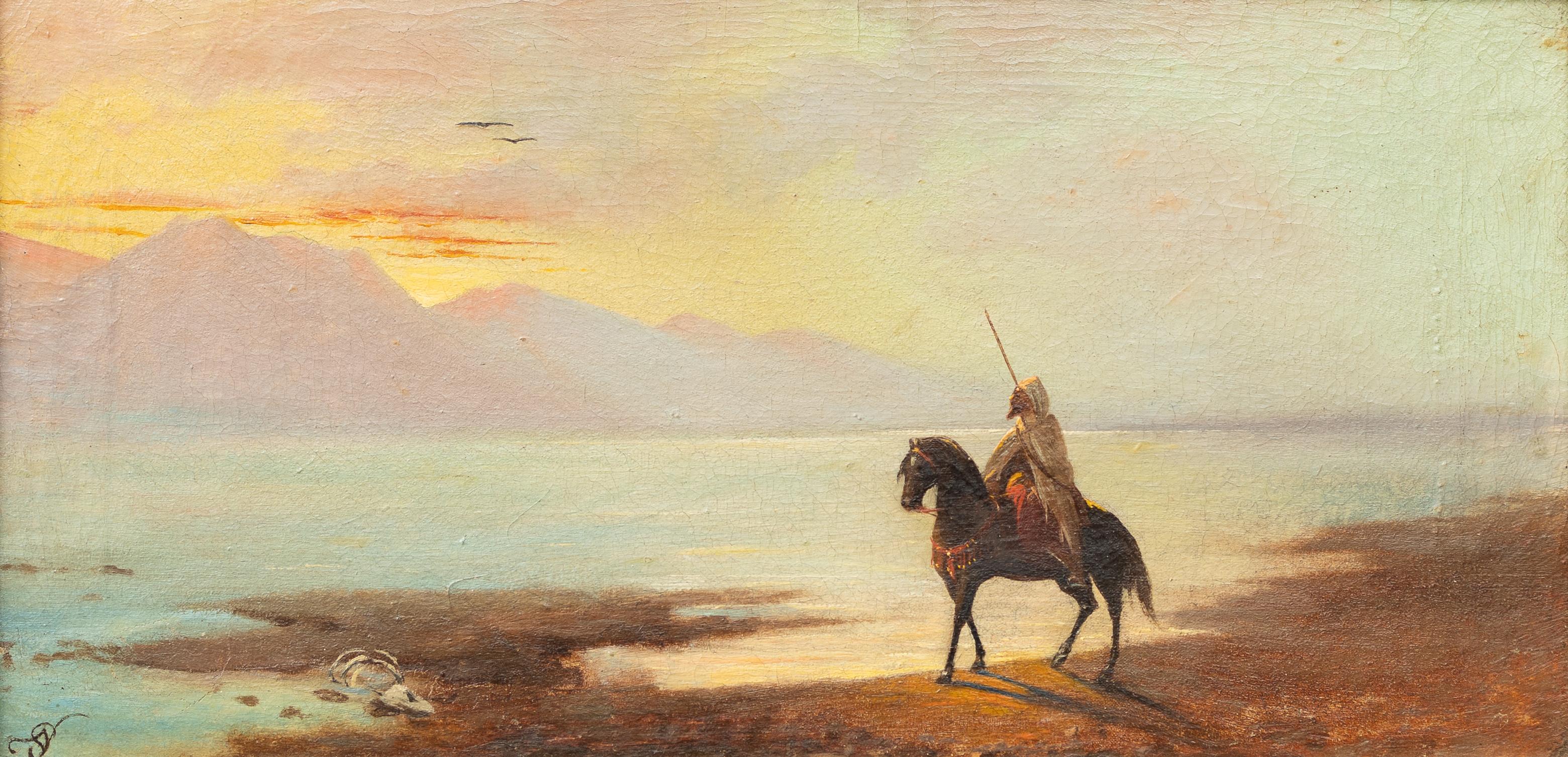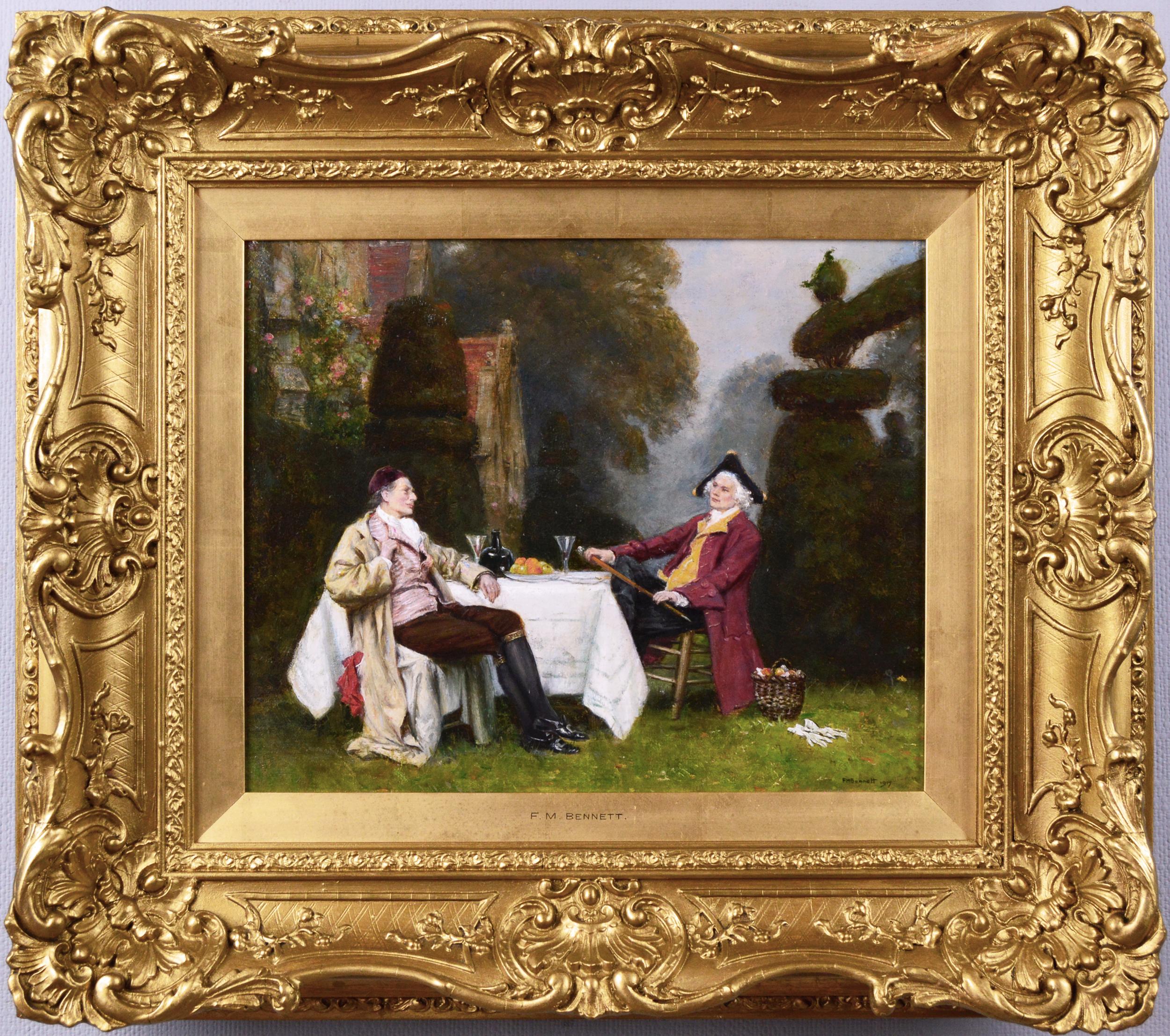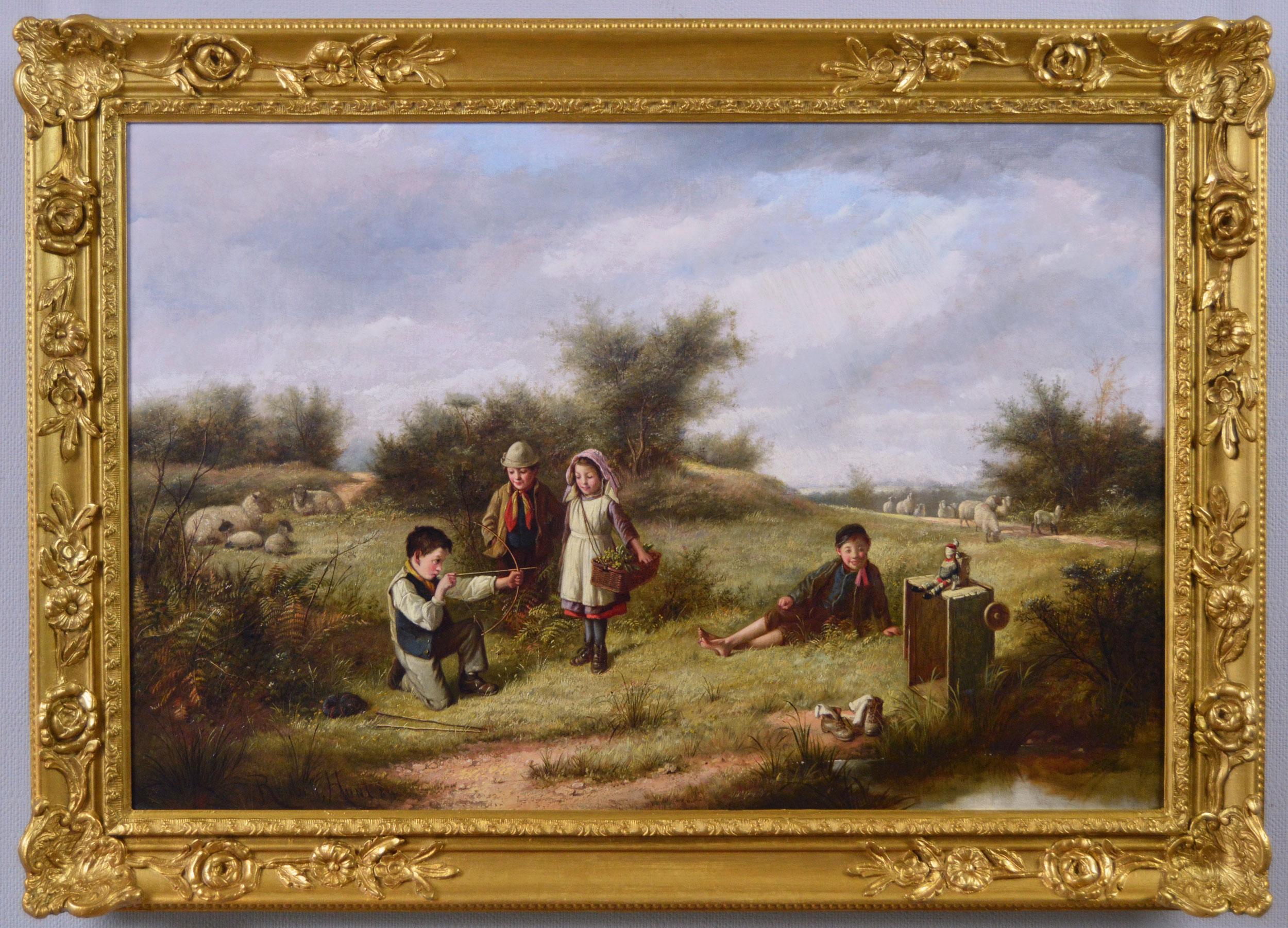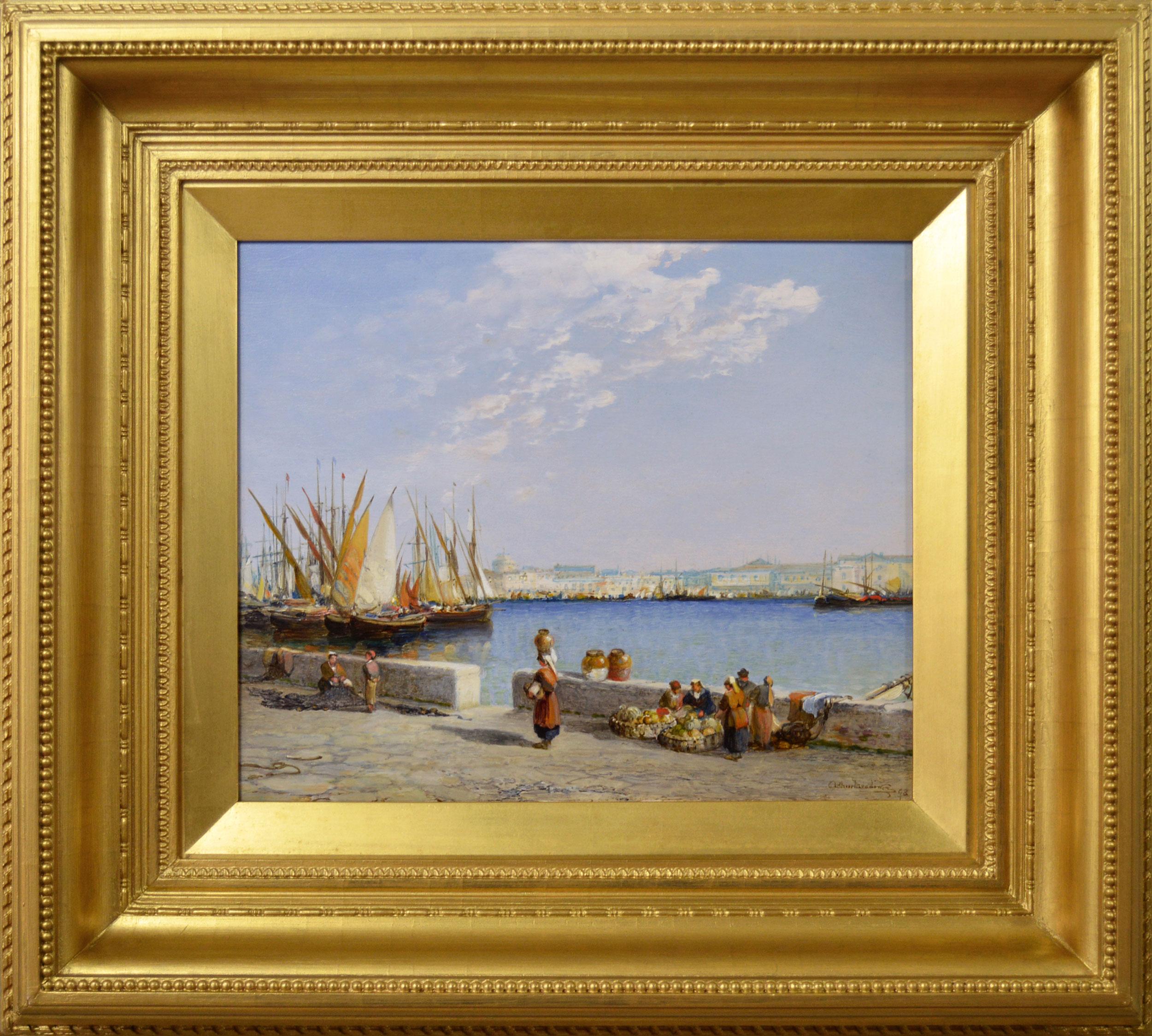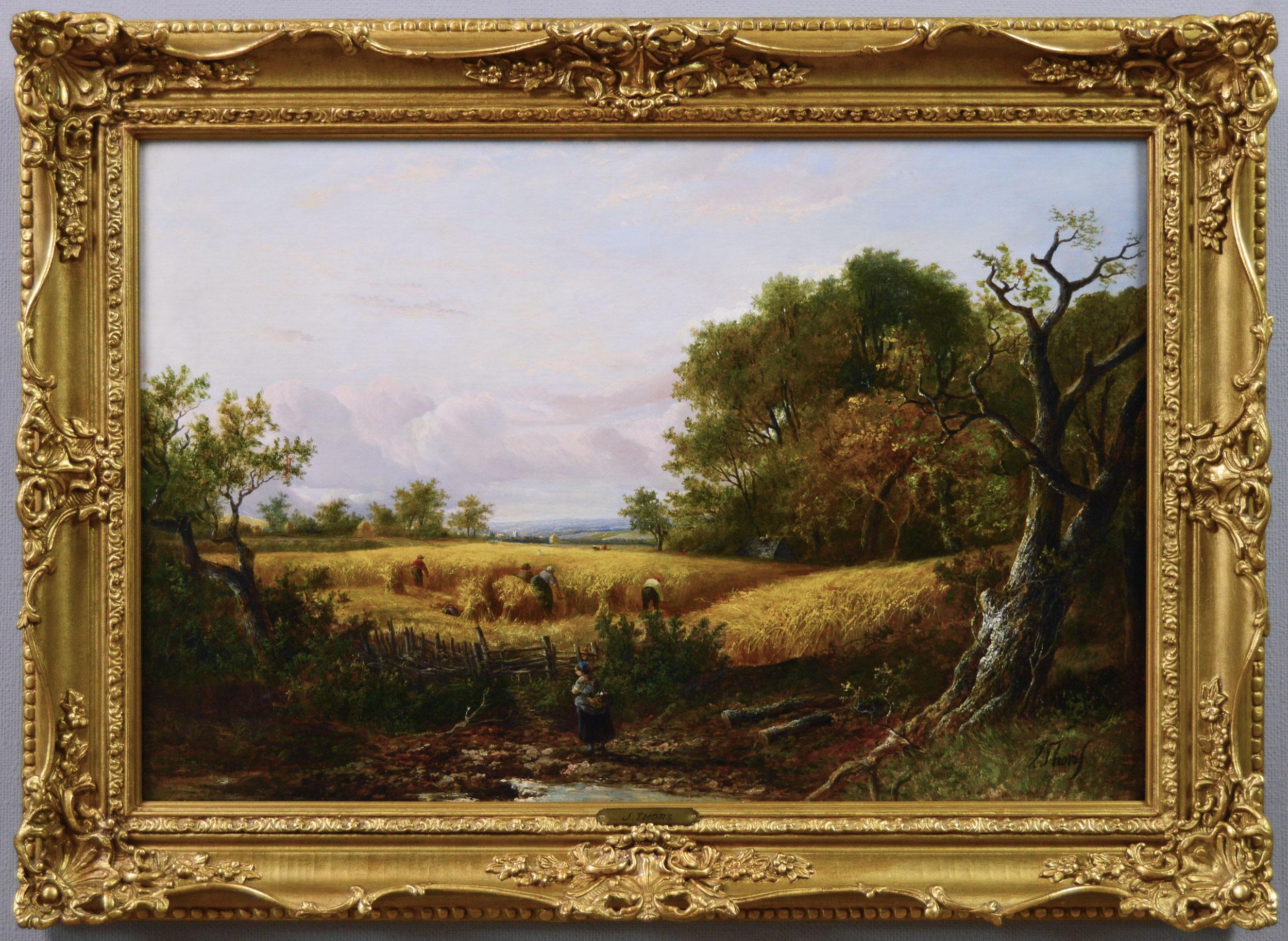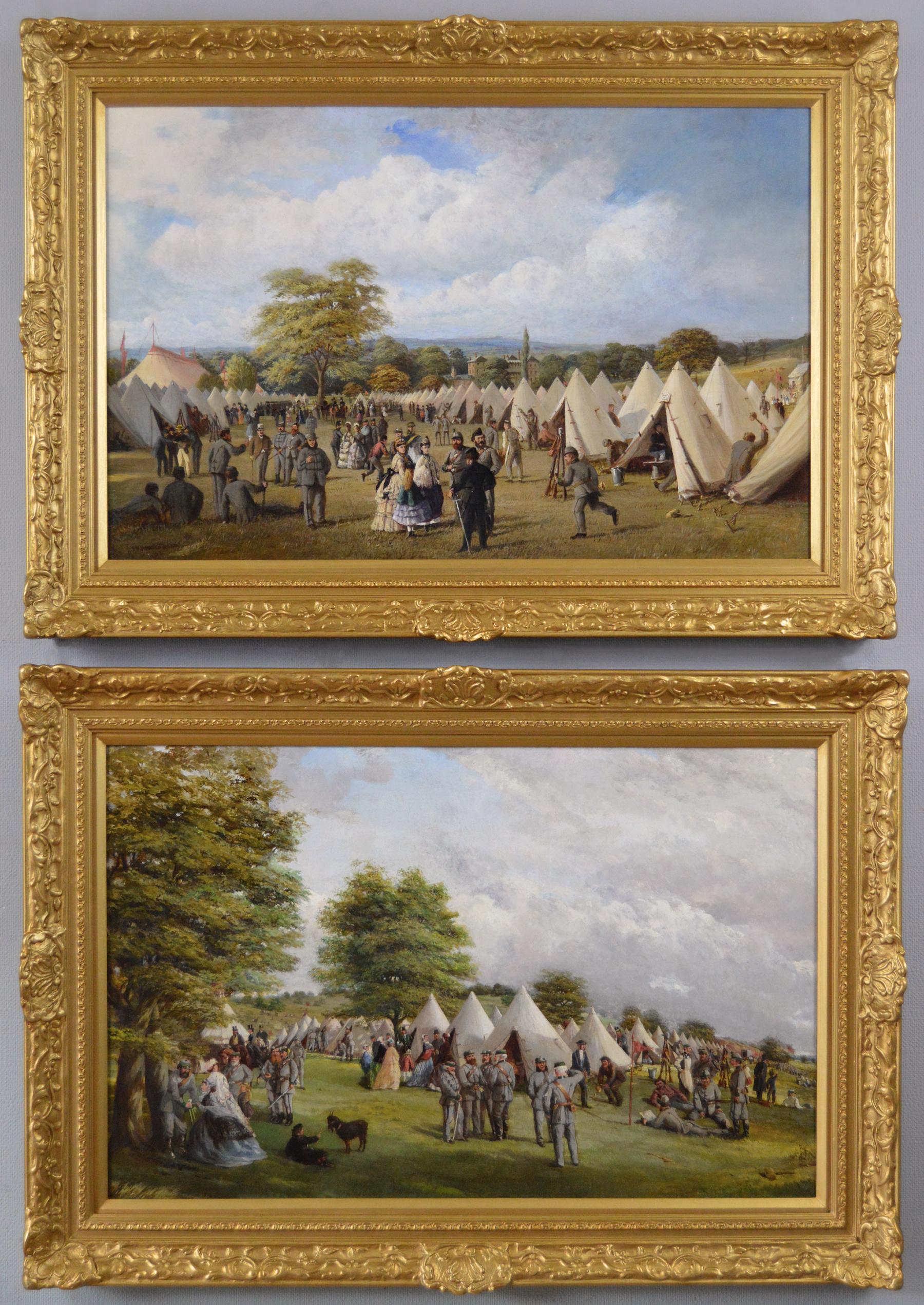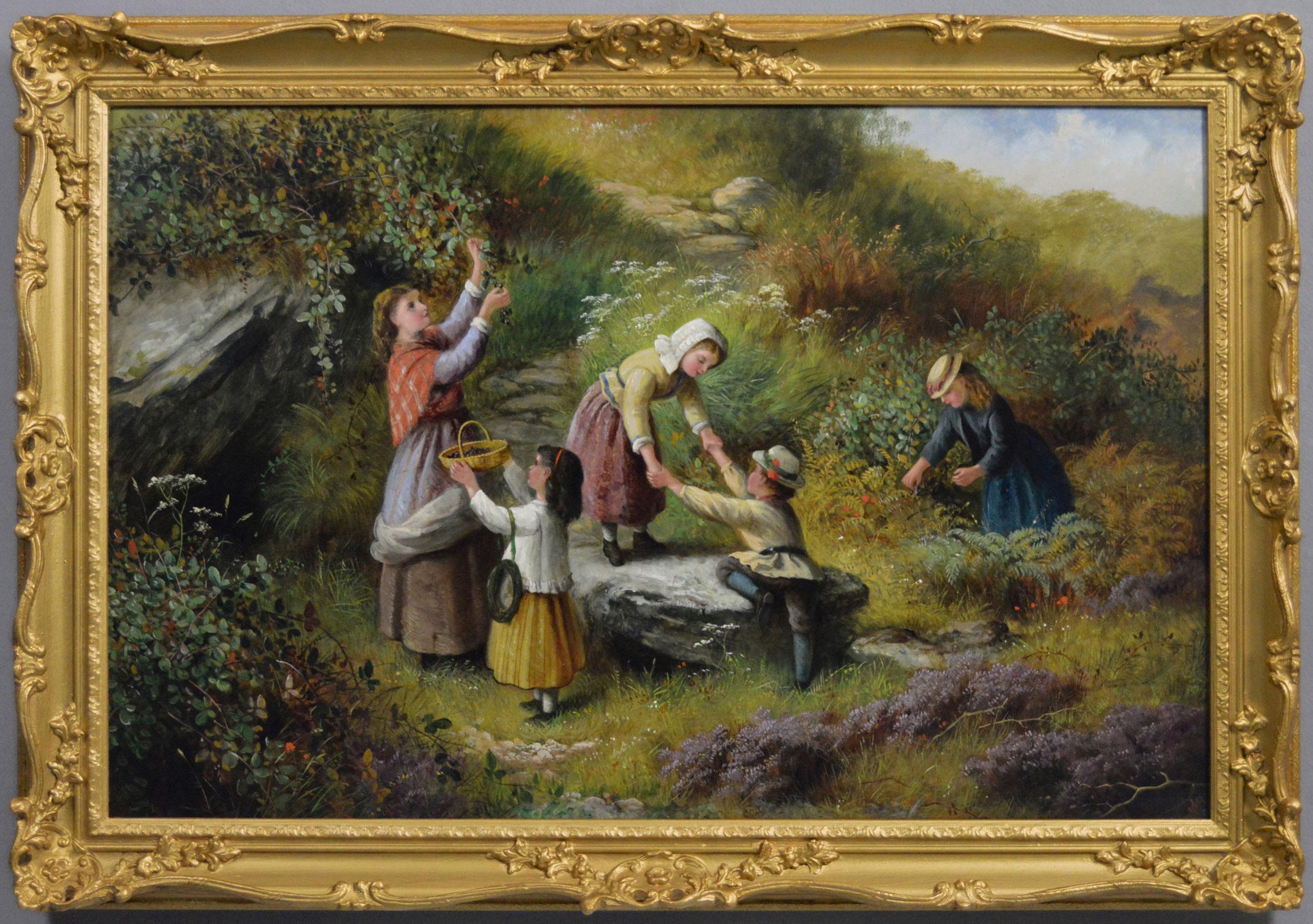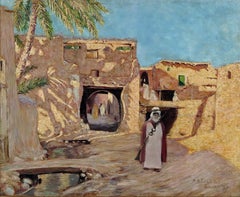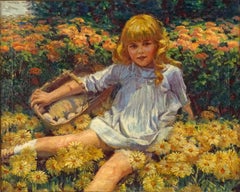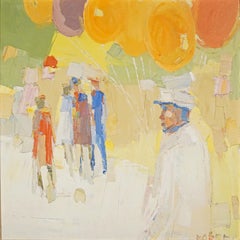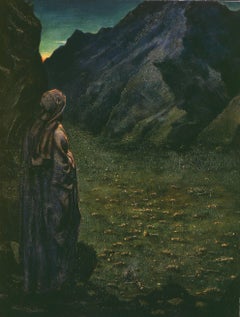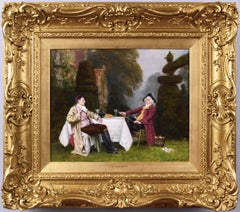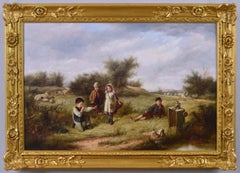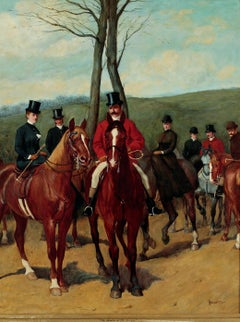
The Master of the Hounds
View Similar Items
Want more images or videos?
Request additional images or videos from the seller
1 of 5
John CharltonThe Master of the Hounds
$15,000List Price
About the Item
About the Seller
4.0
Vetted Professional Seller
Every seller passes strict standards for authenticity and reliability
1stDibs seller since 2017
55 sales on 1stDibs
Typical response time: 7 hours
Authenticity Guarantee
In the unlikely event there’s an issue with an item’s authenticity, contact us within 1 year for a full refund. DetailsMoney-Back Guarantee
If your item is not as described, is damaged in transit, or does not arrive, contact us within 7 days for a full refund. Details24-Hour Cancellation
You have a 24-hour grace period in which to reconsider your purchase, with no questions asked.Vetted Professional Sellers
Our world-class sellers must adhere to strict standards for service and quality, maintaining the integrity of our listings.Price-Match Guarantee
If you find that a seller listed the same item for a lower price elsewhere, we’ll match it.Trusted Global Delivery
Our best-in-class carrier network provides specialized shipping options worldwide, including custom delivery.More From This Seller
View AllBiskra Algeria
By Arthur George Collins
Located in Sheffield, MA
Arthur George Collins
American, b.1866
Biskra Algeria
Oil on canvas
Signed and dated Biskra, 1893
26 ½ by 32 ½ in. W/frame 32 ½ by 38 ½ in.
Arthur studied at the Julien Academy, P...
Category
1890s Impressionist Landscape Paintings
Materials
Oil
Young Girl Resting in a Bed of Flowers
Located in Sheffield, MA
James George Weiland
American, 1872-1968
Young Girl Resting in a Bed of Flowers
Oil on canvas
24 by 30 in. W/frame 30 by 36 in.
Signed lower left...
Category
1910s American Impressionist Figurative Paintings
Materials
Oil
Ballon Man
By Italo George Botti
Located in Sheffield, MA
George Botti
Italian, 1923-2003
Ballon Man
Oil on canvas
36 by 36 in. W/frame 42 by 42 in.
Signed lower right Barrel
George Botti was born on 24 Mar...
Category
1960s Contemporary Figurative Paintings
Materials
Oil
The Three Kings
Located in Sheffield, MA
Henry Dele Coeuillerie
American, 1864-1932
The Three Kings
Oil on canvas
Signed & dated lower right
30 by 36 in. W/frame 35 ½ by 41 ½ in.
Provenance...
Category
Early 20th Century American Impressionist Figurative Paintings
Materials
Oil
Djeuner Champtre
By Marcel Dyf
Located in Sheffield, MA
Marcel Dyf
French, 1899-1985
Djeuner Champtre
Oil on canvas
23 ½ by 28 ¾ in. W/frame 31 ½ by 36 ¾ in.
Signed lower left
Marcel Dyf (Marcel Dreyfus) was born in Paris on October 7,...
Category
1950s Post-Impressionist Figurative Paintings
Materials
Oil
Woman in Kimono
By Everett Lloyd Bryant
Located in Sheffield, MA
Everett Lloyd Bryant
American, 1864-1945
Woman in Kimono
Oil on canvas
Signed lower right
30 by 25 in. W/frame 35 by 30 in.
Everett studied wit...
Category
1920s Post-Impressionist Figurative Paintings
Materials
Oil
You May Also Like
Ezekiel in the Valley of Dry Bones
By Philip Burne-Jones
Located in New York, NY
Provenance:
Christie’s, London, 3 March 1922, lot 46 (with The Tower of Babel);
James Nicoll
Private Collection
Sotheby’s, London, 29 March 1983, lot 157
Private Collection, New Yo...
Category
Late 19th Century Victorian Figurative Paintings
Materials
Canvas, Oil
Arabian Rider at Dusk
By Adolf Schreyer
Located in Austin, TX
Adolf Schreyer's "Arabian Rider at Dusk" is a stunning oil painting on canvas that depicts an Arabian rider in a golden sunset.
By Adolf Schreyer
8.5" x 15.5" Oil on Canvas
Framed...
Category
19th Century Victorian Landscape Paintings
Materials
Canvas, Oil
19th Century genre oil painting of two gentlemen in a garden
By Frank Moss Bennett
Located in Nr Broadway, Worcestershire
Frank Moss Bennett
British, (1874-1952)
In the Garden
Oil on panel, signed & dated 1917
Image size: 11 inches x 13.5 inches
Size including frame: 20 inches x 22.5 inches
A charming genre scene of two gentlemen in 18th century costume in a garden by Frank Moss Bennett. The men drink wine and eat fruit at a linen covered table...
Category
Early 20th Century Victorian Figurative Paintings
Materials
Oil, Panel
19th Century genre oil painting of children playing
Located in Nr Broadway, Worcestershire
Reuben Hunt
British, (1857-1938)
Taking Aim
Oil on canvas, signed & dated (18)84
Image size: 19.5 inches x 29.5 inches
Size including frame: 25.25 inches ...
Category
19th Century Victorian Figurative Paintings
Materials
Canvas, Oil
19th Century seascape oil painting of Douglas Harbour, Isle of Man
By William Edward Webb
Located in Nr Broadway, Worcestershire
William Edward Webb
British, (1862-1903)
Douglas Harbour, Isle of Man
Oil on canvas, signed
Image size: 21.5 inches x 37.5 inches
Size including frame: 33 inches x 49 inches
A busy quayside painting by William Edward Webb of Douglas Harbour on the Isle of man. Fishermen in boats can be seen preparing to head ashore as other figures make their way along the quayside.
William Edward Webb was born in Cheltenham, Gloucestershire in 1862 to William Benjamin Webb and Ellen Butler. His father was a printer and an artist and it is highly likely he received tuition from him. Following the death of his mother, his father remarried and moved the family to Manchester sometime after 1871.
By the 1880’s, Webb had started working as an artist and later set up a studio at 30 Exchange Buildings in Manchester. He began exhibiting at the Manchester City Art Gallery from 1890, where he showed more than 60 paintings during his lifetime. He also exhibited at the Royal Academy and Walker Art Gallery Liverpool from 1892. He married Clara Foster in 1899 and the couple lived at 1 Sylvan Grove, Chorlton Upon Medlock in South Manchester with their daughter Florrie. He became friends with the artist Walter Emsley (1860-1938) who also lived in Manchester.
Although he spent the rest of his life in Manchester, Webb travelled throughout the UK painting coastal and marine scenes around the main ports and harbours. He spent a great deal of time in the Isle of Mann painting numerous scenes along the coast including views of Peel and Douglas Harbour, subjects he frequently returned to. Webb painted in a highly distinctive style; loose and informal but which manages to retain the sense of perspective. He struggled with ill health and depression throughout his life which sadly led to his suicide 9 November, 1903. In 1974, a retrospective exhibition was held at The Old Customs House and Old Solent House in Lymington, which brought a new found interest in his work.
His paintings are now highly sought after and are represented in many collections and Museums including the Astley Hall...
Category
19th Century Victorian Landscape Paintings
Materials
Canvas, Oil
19th Century Italian townscape coastal oil painting of Livorno, Gulf of Genoa
By Arthur Joseph Meadows
Located in Nr Broadway, Worcestershire
Arthur Joseph Meadows
British, (1843-1907)
Livorno, Gulf of Genoa
Oil on panel, signed & dated (18)98, with signed & inscribed label on reverse
Image size: 9.75 inches x 11.75 inches
Size including frame: 17.75 inches x 19.75 inches
An attractive townscape depicting fruit sellers at the port of Livorno, Italy by Arthur Joseph Meadows. The scene shows the view looking across from the harbour wall to the church of Santa Caterina...
Category
19th Century Victorian Landscape Paintings
Materials
Oil, Panel

